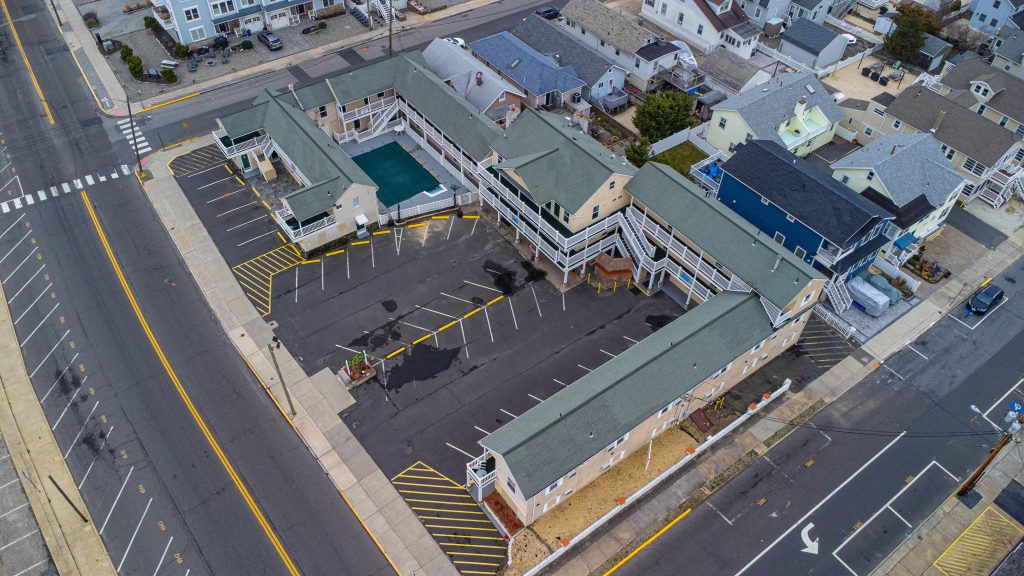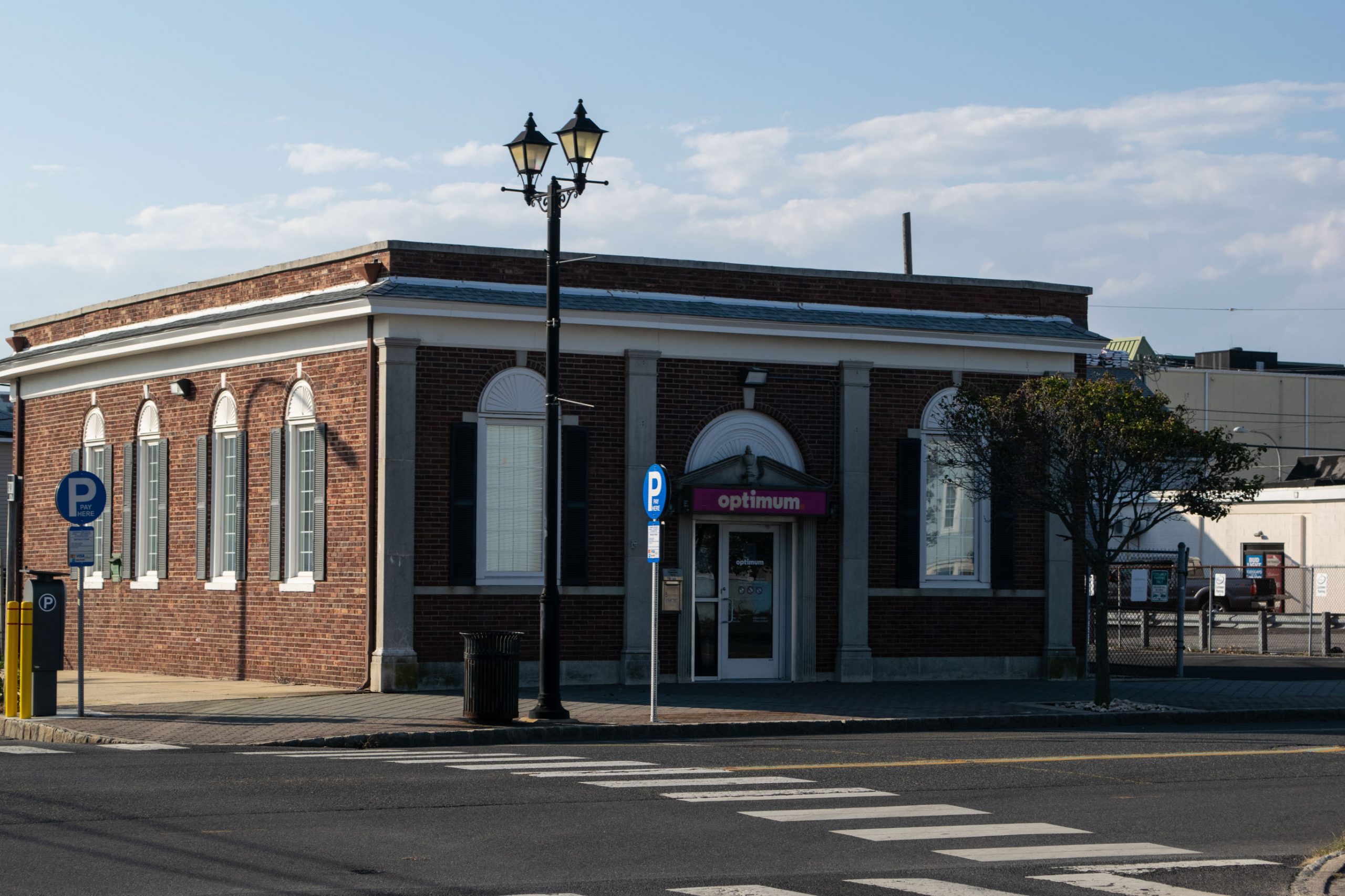At first glance, it may not seem to make sense: if a town needs to dig a freshwater well for its city water system, why would it choose to do so across the street from the Atlantic Ocean? In Seaside Park, the answer has to do with the elevation of the barrier island, the positioning of underground aquifers, and the opportunity to potentially save millions of dollars while improving water quality at the same time.
Seaside Park has long sought to replace what is known as “Well Number 10,” dug years ago in the western portion of the borough. The well has suffered from maintenance issues as it aged, and the quality of the water it yielded, while perfectly healthy for drinking, required treatment to remove cloudiness and hardness. Faced with the prospect of digging an extremely expensive new well on that side of town, which would likely come with an added cost of a desalination system, engineers had an idea: use the site of the former Desert Palm Inn – condemned by the borough and now under borough ownership – for the new well.
The borough held a public hearing earlier this month on plans to build the new well. While the former owner of the motel is pursuing an unlikely appeal of the condemnation to the state Supreme Court, the borough has taken title to the property and has been precluded from demolishing the structure until the court wranglings have been disposed-of. The well would take up only a small sliver of the block-long property on North Ocean Avenue between Lafayette Avenue and O Street, measuring 8-by-12 feet in area. It would generate minimal noise and appear to passersby as a small beach hut or gazebo.
“It looks like a glorified hut, and when you put up cedar singles, it’s a very nice looking glorified hut,” said Mayor John Peterson.
Besides providing space for a well without having to either acquire new property or undergo more complicated engineering measures like tapping ground closer to locations where previous wells have been dug, the oceanside site has its own built-in benefits, according to Borough Engineer Pam Hilla, who presented the case for the well two weeks ago.
The hearing was required before a test well could be dug at the site. The test well will determine the water quality of the site as well as the capacity of the well. This step is required in the process to convert the well into a safe drinking water source, which would be constructed in a second phase, entailing construction of a building around the well, plus piping and a connection to the borough’s water system, along with backup power generation. The need for a new well is well-established, with Well Number 10 current inoperable because of water quality issues. It is the only well in town that has experienced such issues, requiring extra levels of filtration in the past.
In this unique case, the location of the well near the ocean is a benefit rather than a challenge. Hilla explained that other locations considered for the test well were not suitable due to lower elevations, and their proximity to other existing wells. As is the case with most barrier island communities, the highest elevations in Seaside Park are often found closer to the ocean, and there are no other wells drawing from the aquifer near the former motel site. The location near Ocean Avenue will also draw from a different acquifer than the current wells, avoiding a scenario where the borough would not be legally able to pump from multiple locations at the same time from the same aquifer.
“With the new proposed well, the goal is to maintain distance to prevent the wells from interfering with one another so they may run simultaneously,” said Hilla.
As it currently stands, with Well Number 10 offline and other wells drawing from the same aquifer, any mishap or mechanical error in one of the functioning wells could leave the borough unable to meet its water supply demands, which would require the use of a backup system to source water commercially at much higher prices. Seaside Heights has backup connections with Shore Water Company as well as the Seaside Heights municipal water system. Well Number 10 could be turned back on, however Hilla said the filtration system it would require would likely cost in upwards of $5 million. Alternatively, the cost to dig a new well at the Desert Palm site is estimated to cost about $2 million, with the borough eligible to take out a loan from the state of which $1 million in principle would be forgiven.
In addition to the price tag, a filtration and treatment system would have to be constructed above-ground, and it would generate more noise than the largely-silent underground pump motor in a traditional well.
If the test is successful, the permanent pump would be located underground, the casing would be approximately 500-ft deep, with the pump installed inside the well to draw the water up to the surface, she said.
Peterson said officials are still determining whether they can install the test well before the building is demolished. The last-ditch bid to have the condemnation reconsidered by the Supreme Court is doubtful to be successful, however the court has not yet denied (or granted) certification of the appeal, leaving the demolition in a temporary state of limbo. Peterson said there has been no recent movement in the case.

Advertisement

Police, Fire & Courts
Cops: Juvenile Arrested After 118mph Joy Ride in Seaside Heights, Toms River Kills 2

Seaside Heights & Seaside Park
Seaside Heights Mourns Passing of Boardwalk Legend, Still Working Into His 90s












